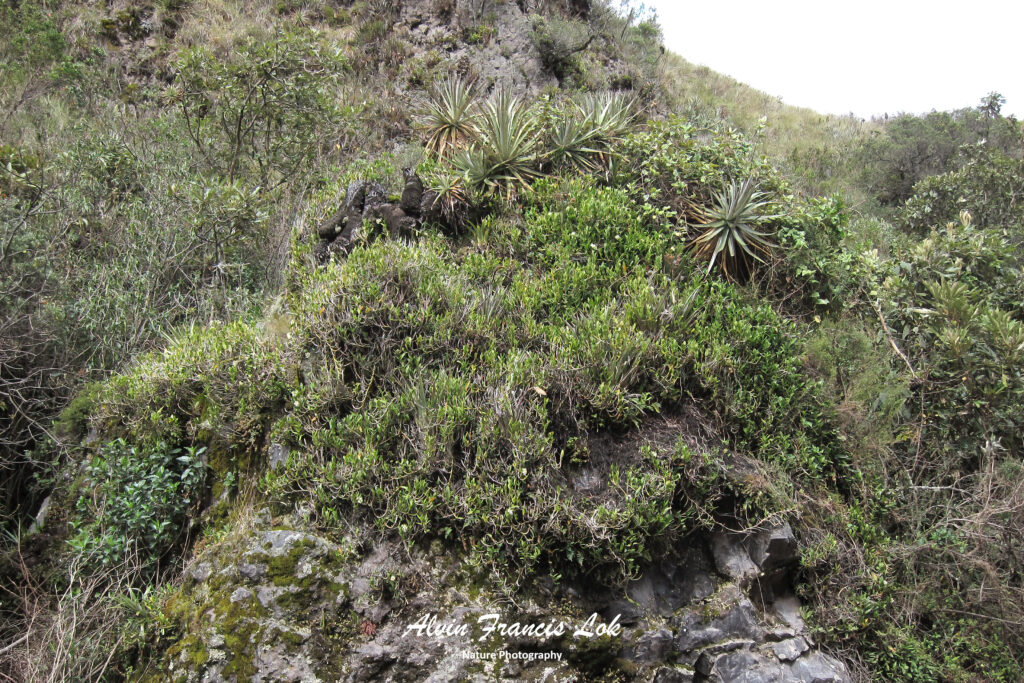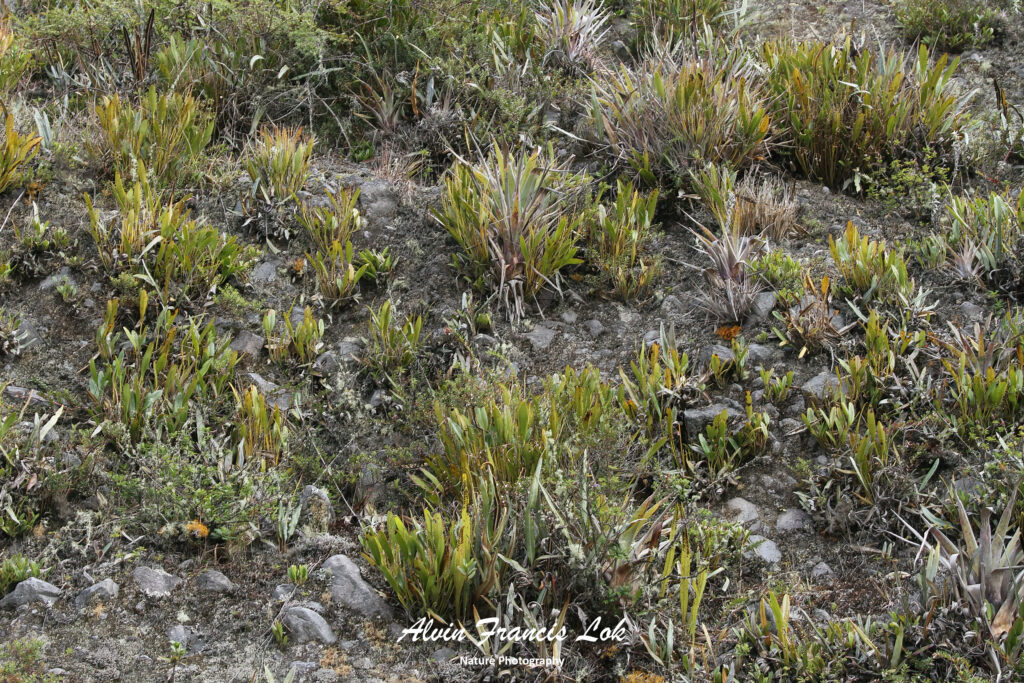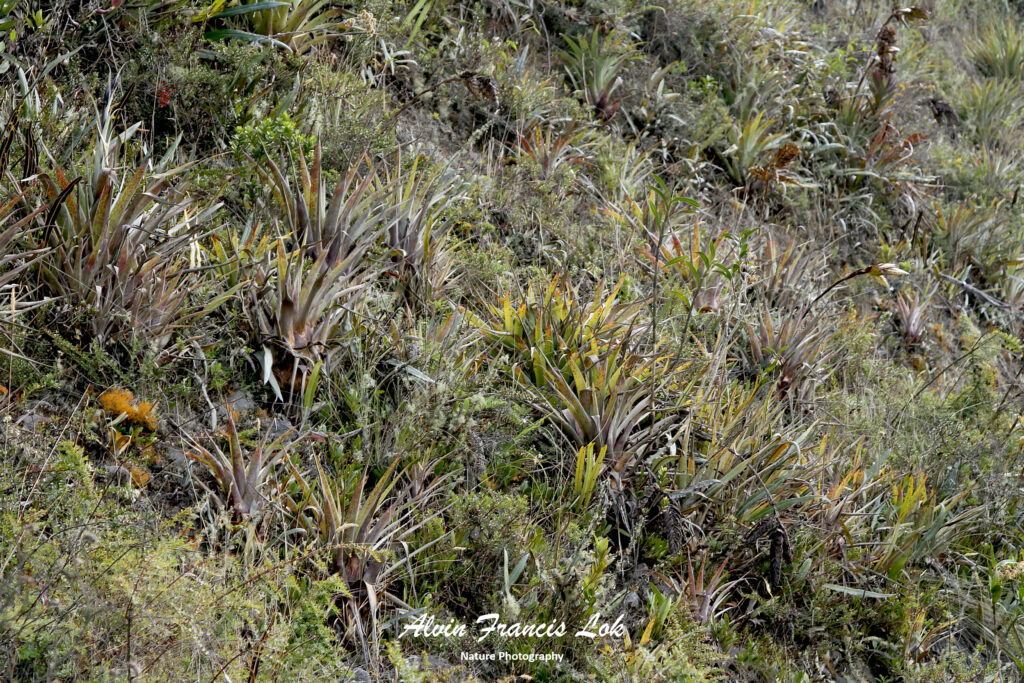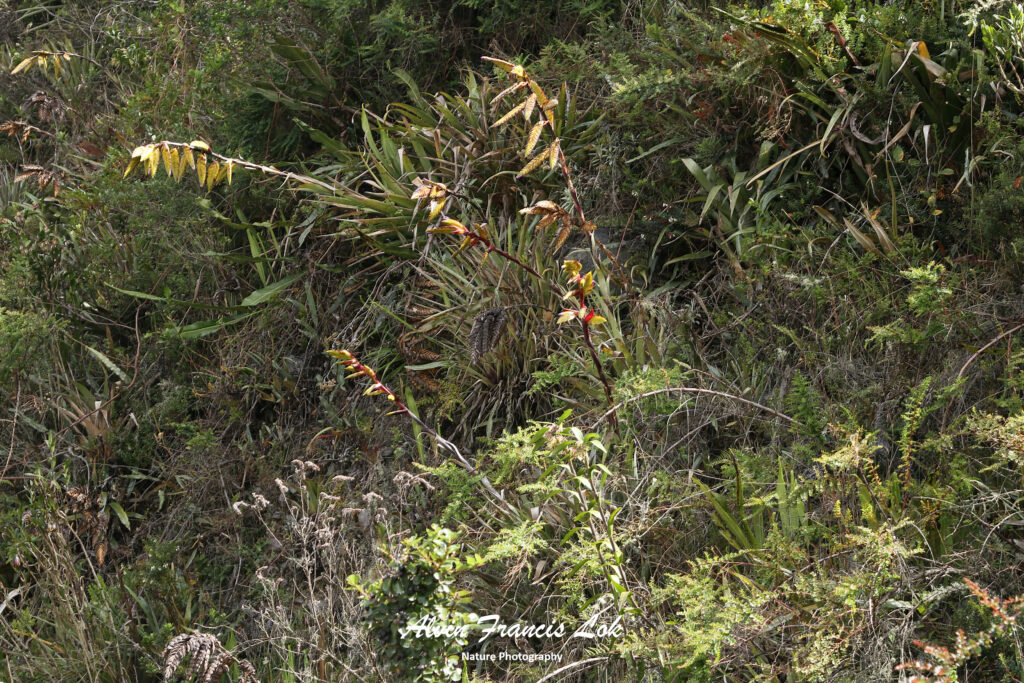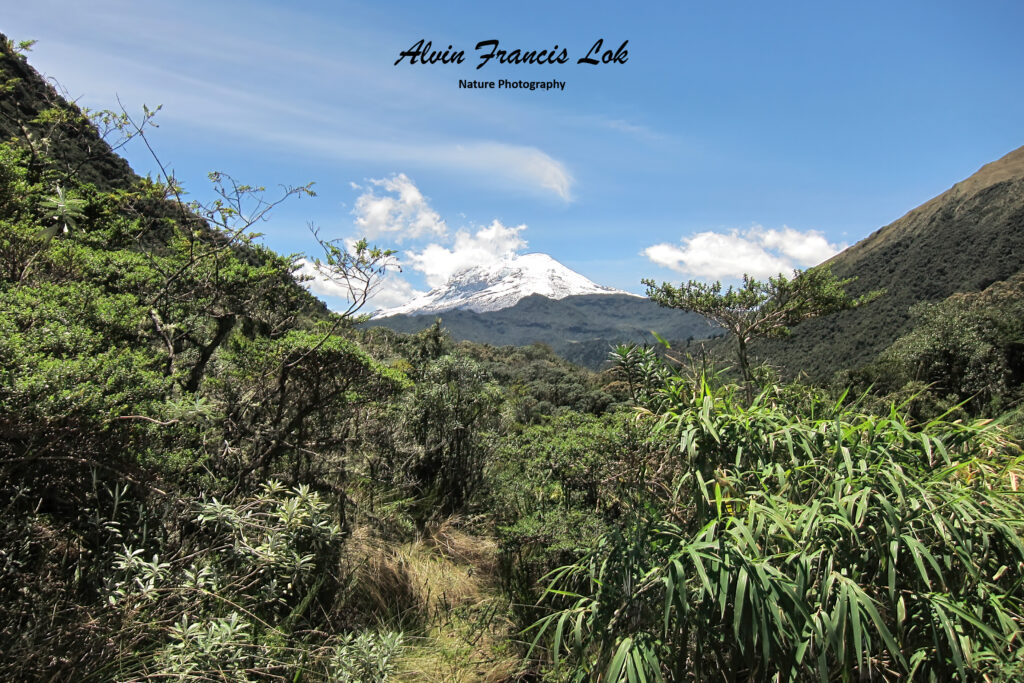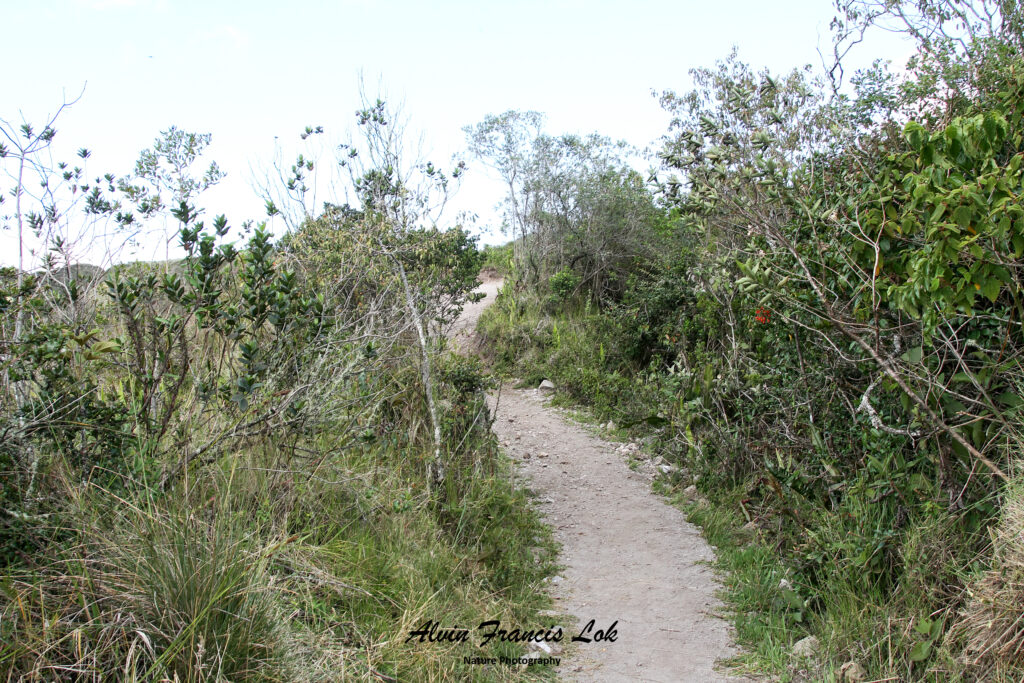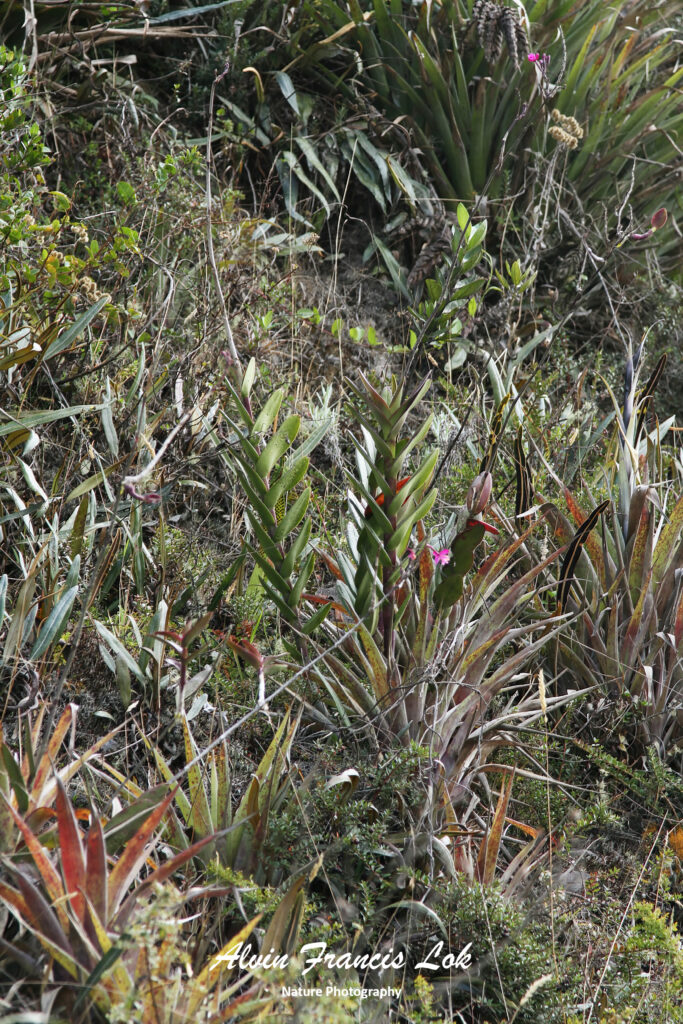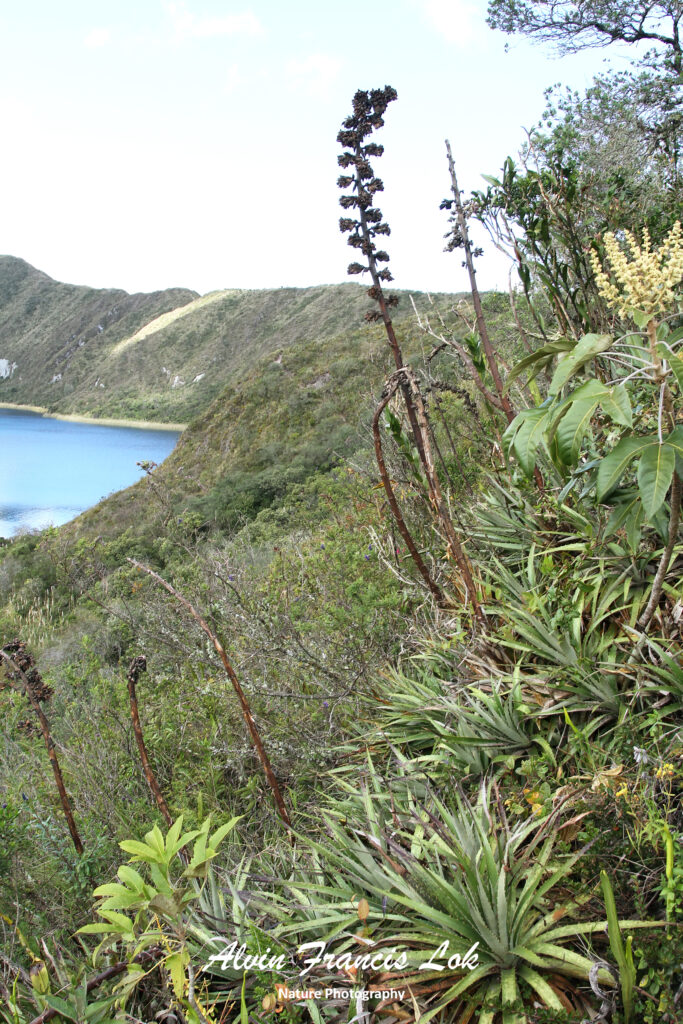Páramo may refer to a variety of alpine tundra ecosystems located in the Andes Mountain Range, South America. Some ecologists describe the páramo broadly as “all high, tropical, montane vegetation above the continuous timberline”. A stricter definition classifies páramo as the ecosystem in the northern Andes range, above the continuous forest line, yet below the permanent snowline. It is a “Neotropical high mountain biome with a vegetation composed mainly of giant rosette plants, shrubs and grasses”. According to scientists, páramos may be “evolutionary hot spots”, that meaning that it’s among the fastest evolving regions on Earth.
The Northern Andean Páramo global ecoregion includes the Cordillera Central paramo (Ecuador, Peru), Santa Marta paramo (Colombia), Cordillera de Merida páramo (Venezuela) and Northern Andean páramo (Colombia, Ecuador) terrestrial ecoregions.
Páramo climates differ slightly depending on the specific location. In Colombia and northern Ecuador, air masses from the Intertropical Convergence Zone (ITCZ) have a substantial effect on the climate, and these regions tend to be consistently humid (approx. 70-85%) throughout the year. The Andes also play a key role in the climate of these regions as they cause an orographic uplift in which moist air rises. This creates continuous moisture via rain, clouds, and fog, with many of them receiving over 2,000 mm (79 in) of rain annually.
Overall, páramo climates are known for their daily fluctuations in temperature and humidity. While they are generally cold and humid ecosystems, they often undergo a sudden and drastic change in weather in which they fluctuate between temperatures from below freezing to 10 °C. This oscillation often results in a daily freeze-and-thaw cycle. Mean annual temperatures of páramo ecosystems range from 2 to 10 °C, with increasingly colder temperatures at higher latitudes.
Soils in the south Ecuadorian páramo are characterized broadly into Andisols, Inceptisols, Histosols, Entisols, and Mollisols. Recently, there has been an increase in Andisol soils, largely due to more volcanic activity.
Superpáramo is at the highest elevation and is usually considered to be the transition zone between the higher, permanent snow region and the lower grass páramo zone. The superpáramo zone is generally narrow and exists atop loose stones and sandy soils at about 4,500–4,800 m.
Being the highest elevation, it also has the highest levels of solar radiation and night frost. For this reason, vegetation in the superpáramo must be highly resistant to such severe fluctuations in weather. Air temperatures are low—cold at night and cool during the day—with daily oscillations greater than the oscillations of monthly averages. Due to its localization on high mountains, this area is the least disturbed by humans and contains the most endemic species of all the zones. Flora includes Azorella pedunculata of the family Apiaceae and species from the families Asteraceae, Fabaceae, and Ericaceae.
The most broadly described zone is the grass páramo lies between 3,500–4,100 m. Grass páramos cover large areas of mountain ranges, while others are limited to small areas on slopes and summits of very high mountains. The term páramo is sometimes used to refer to this specific type. It has continuous vegetation and plant cover with a “yellowish to olive–brown” look due to the combination of dead and living grasses.
Subpáramo is the lowest in altitude and most diverse zone. At 3,000–3,500 m, it is a shrub-dominated zone that combines aspects of both the grass páramo above and the forest below. Along with shrubs, this zone also contains small, scattered trees which gradually transition into the grasses and herbs of the grass páramo above. Plant communities in this vegetation zone are also known to include thickets that are mainly composed of shrubby or woody vegetation, including species from the genera Ilex, Ageratina, and Baccharis.
Ecuadorian Páramo
Superpáramo
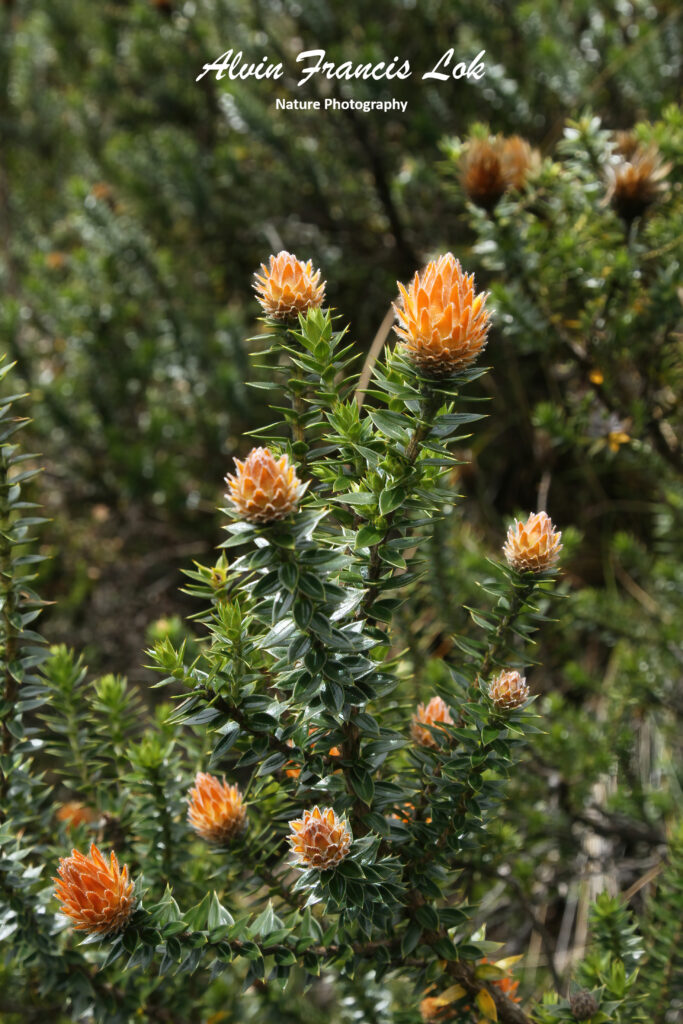
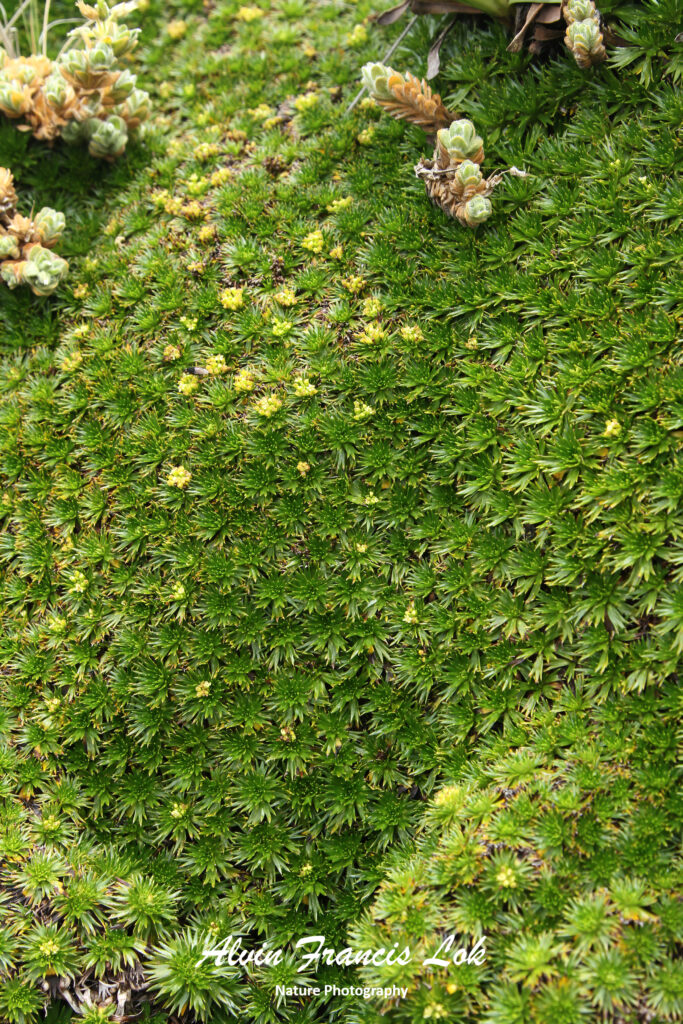

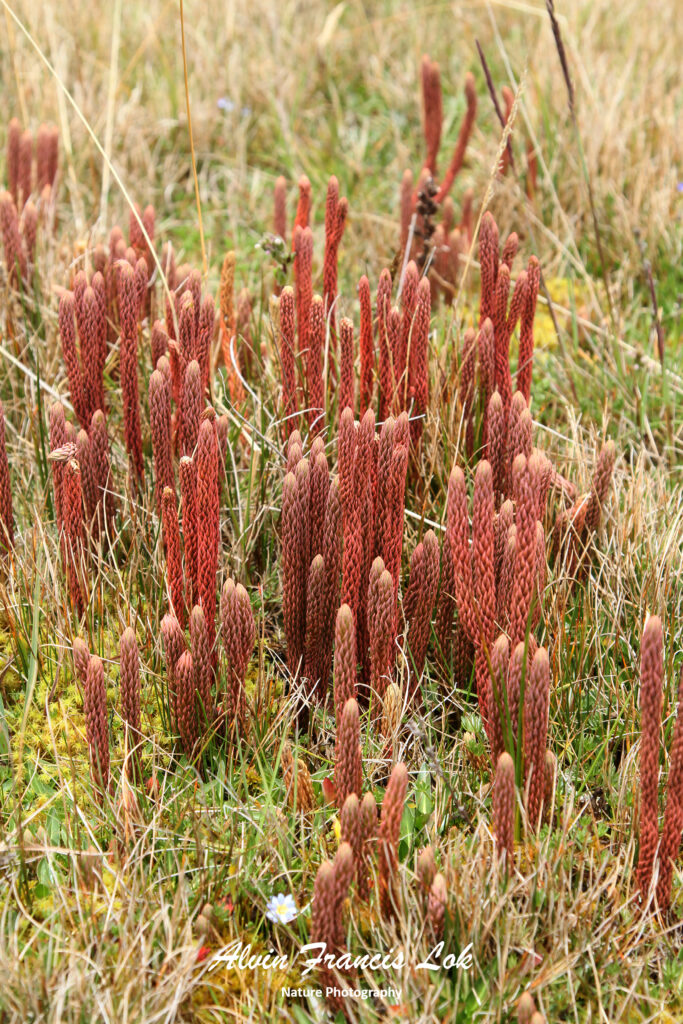
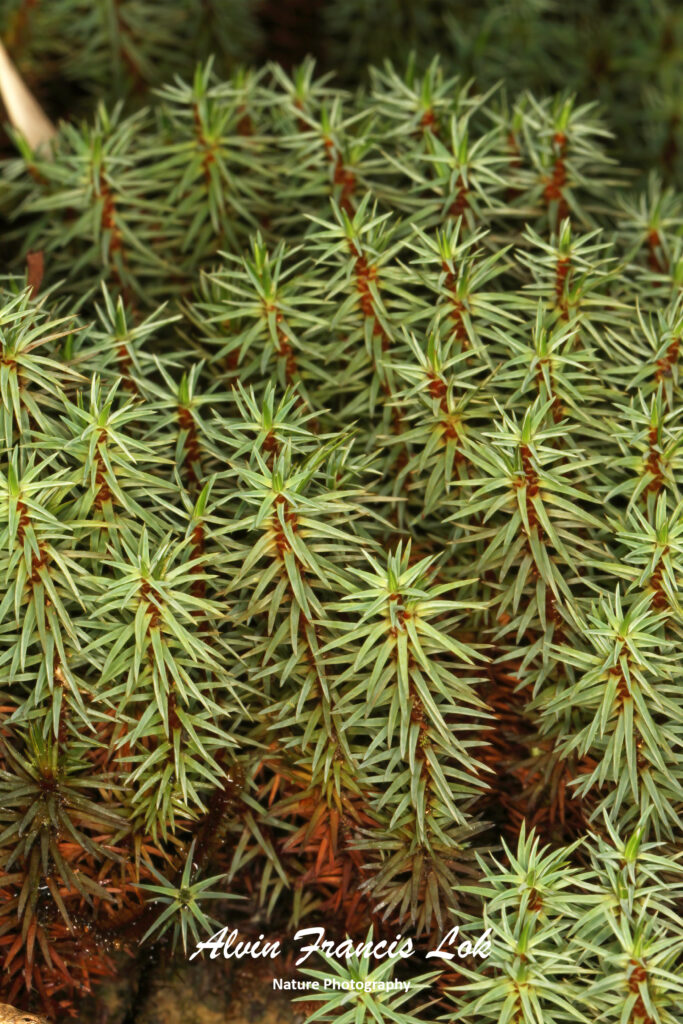
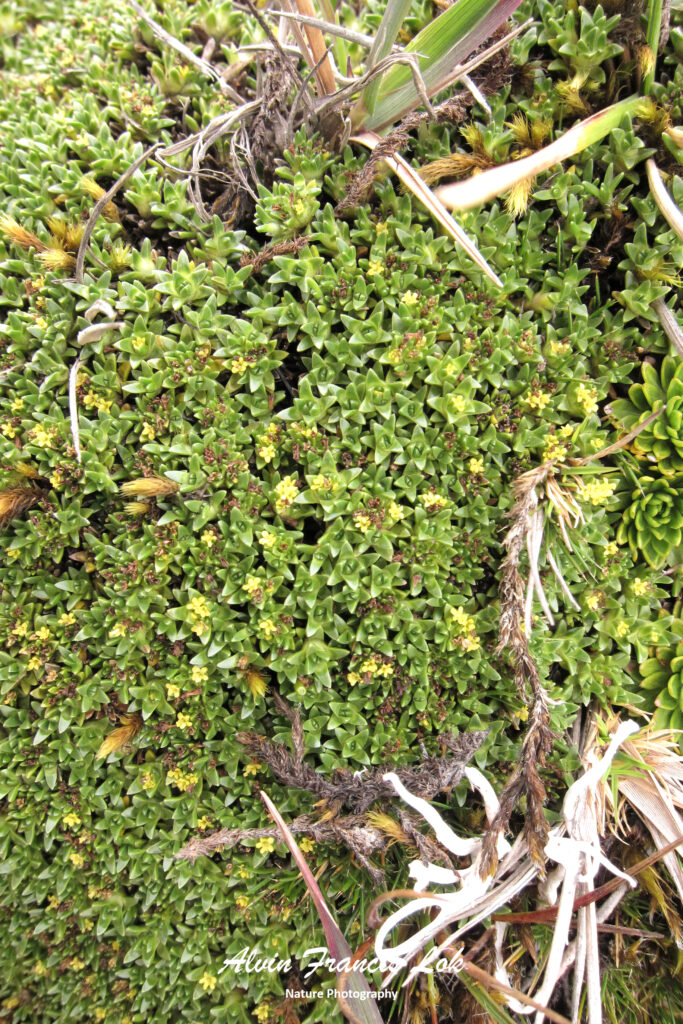
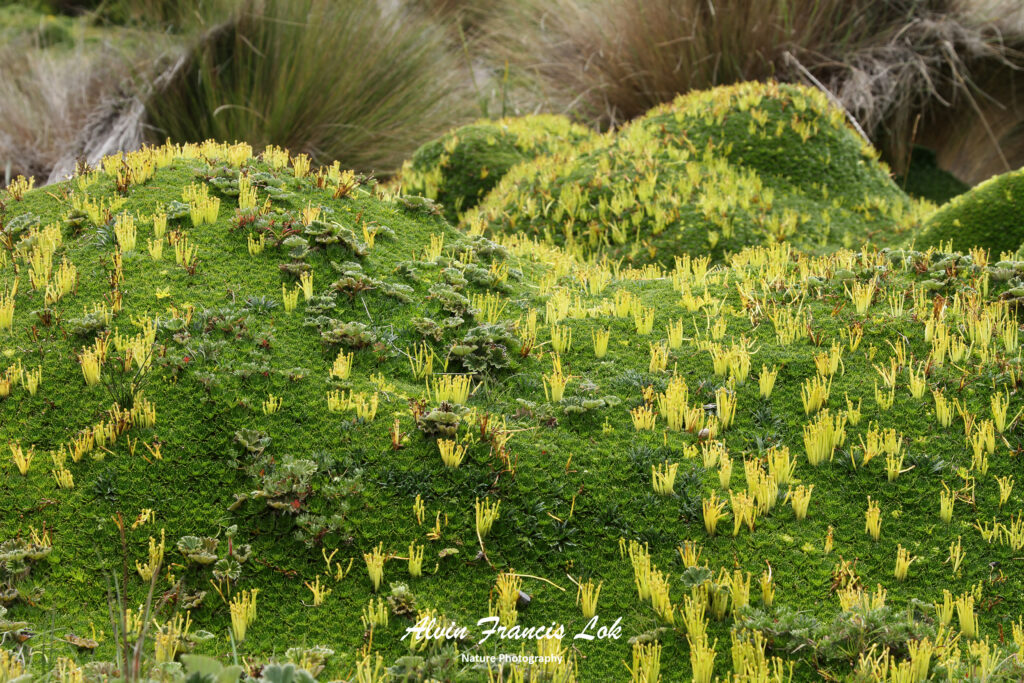
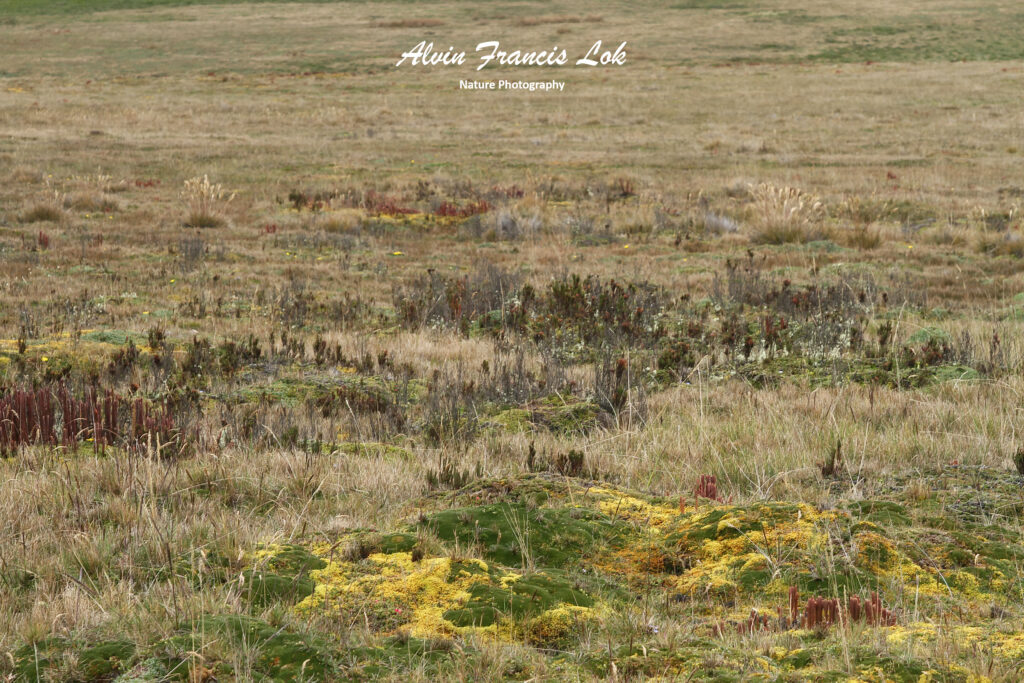
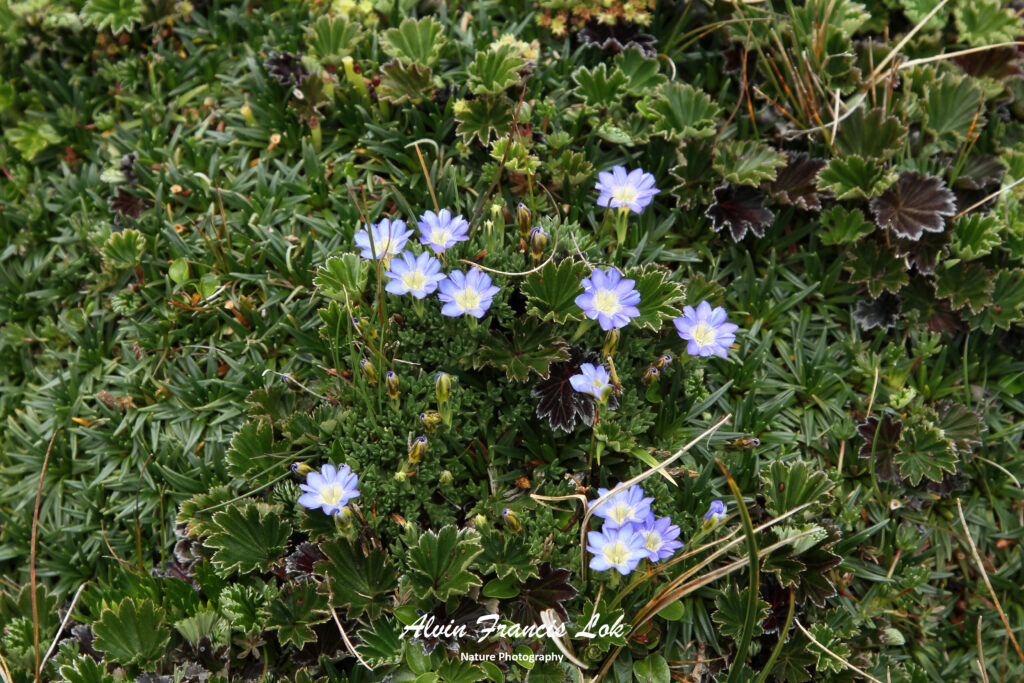
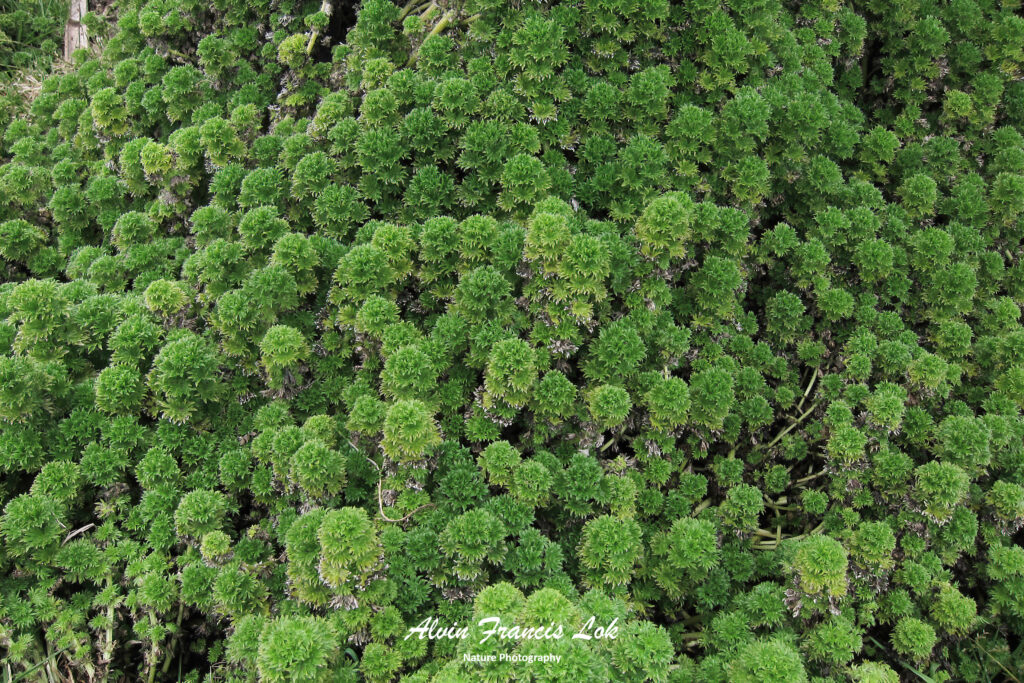
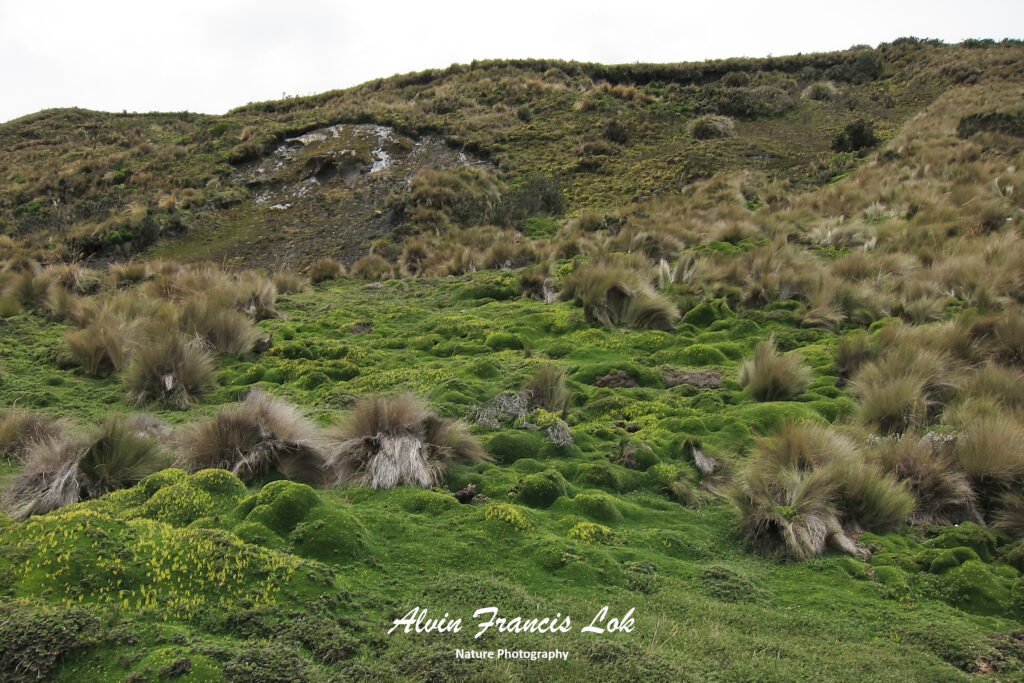
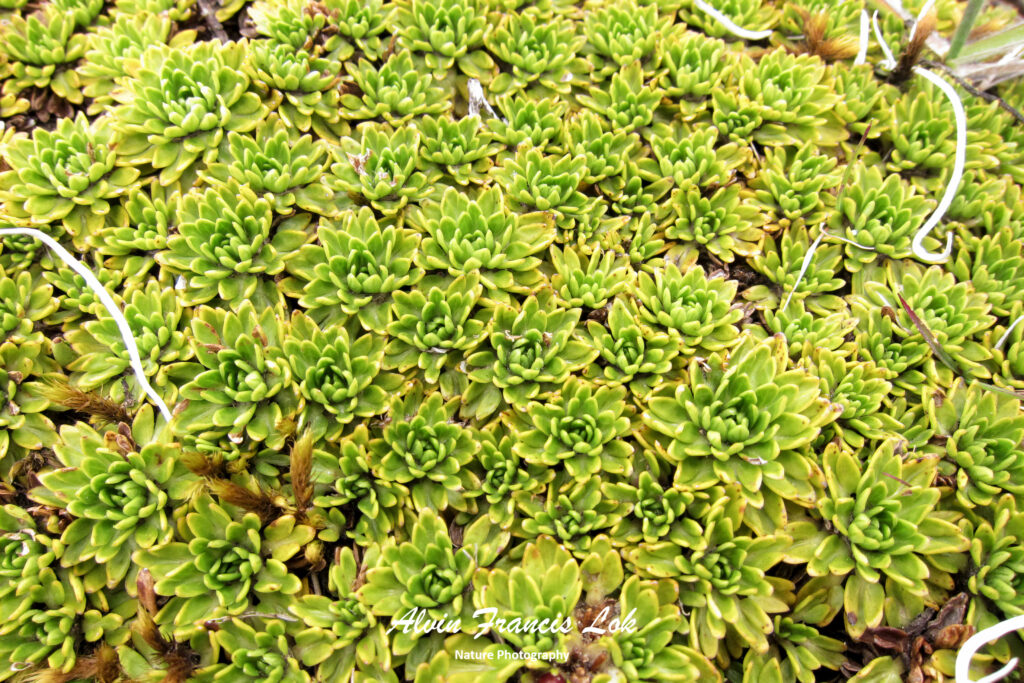
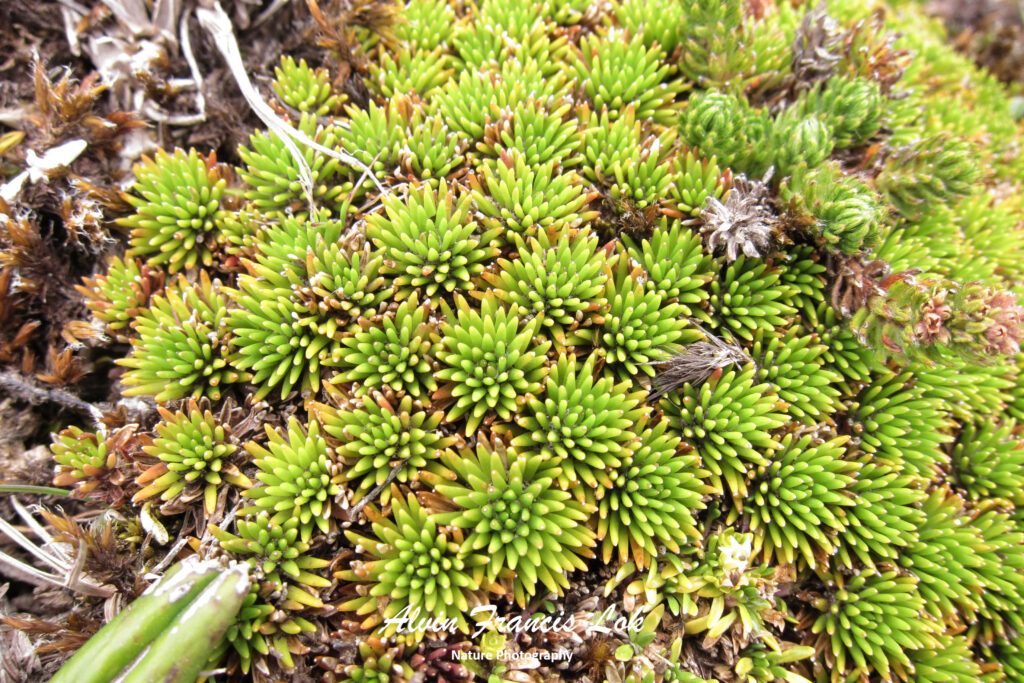
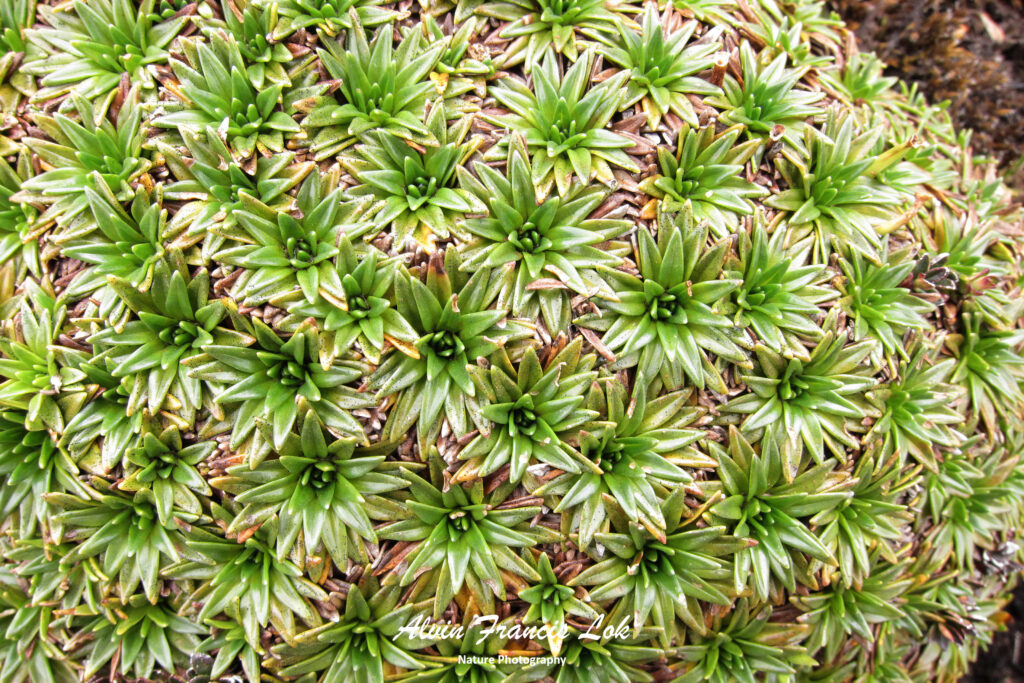
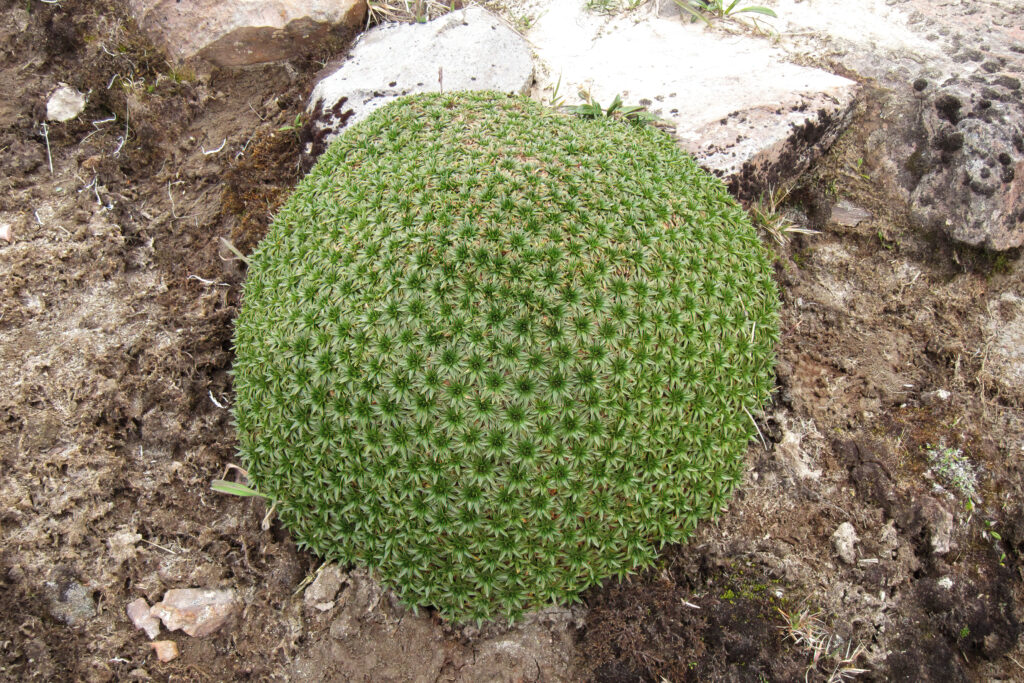
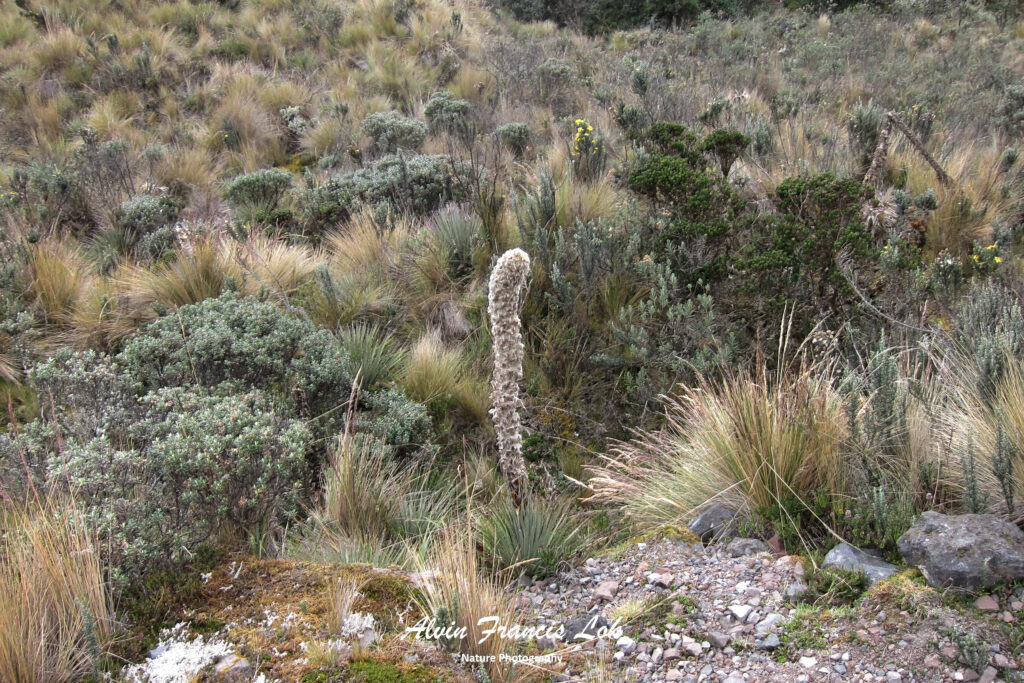

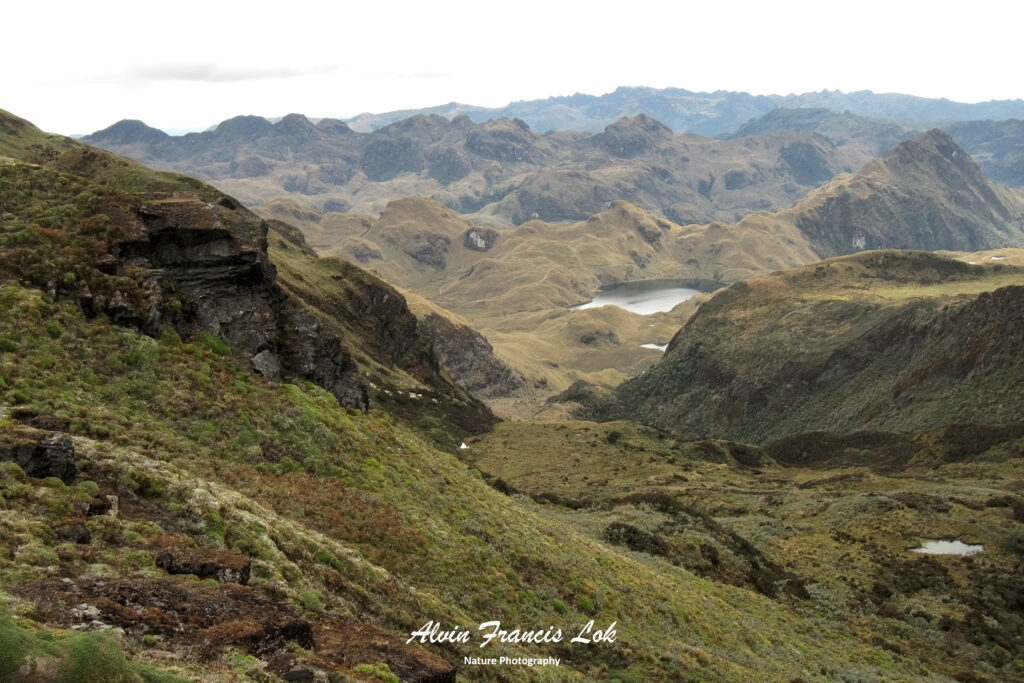
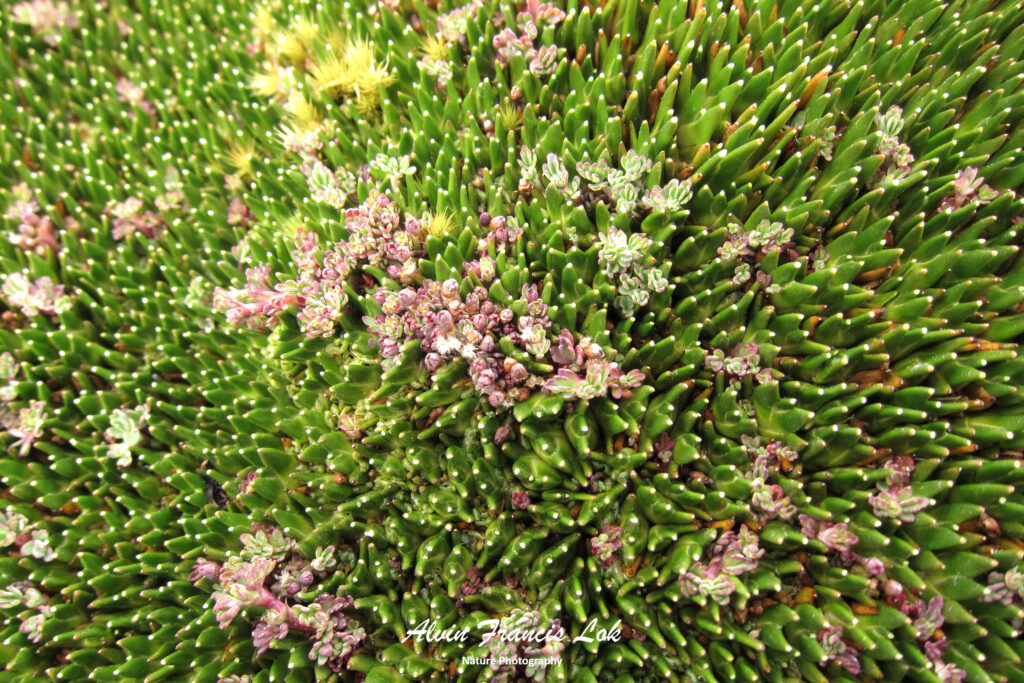
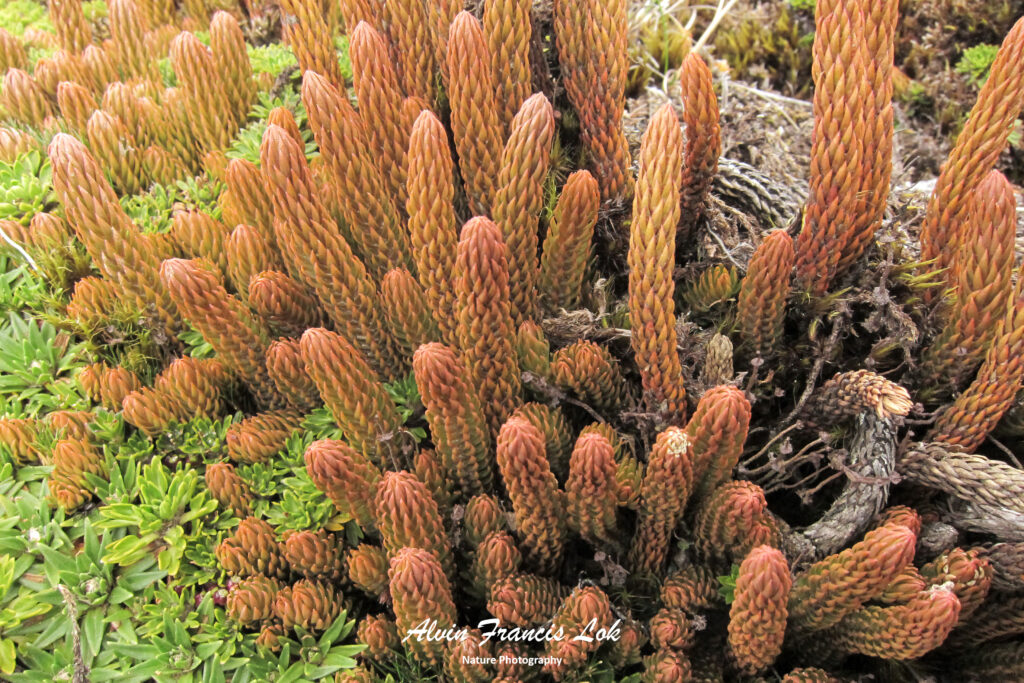
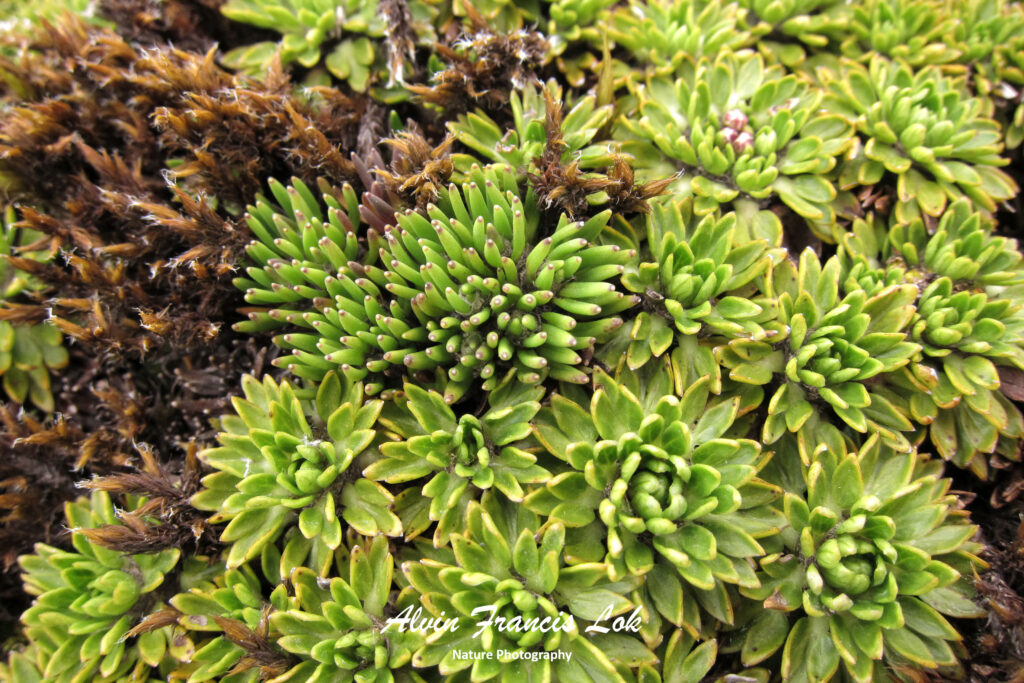
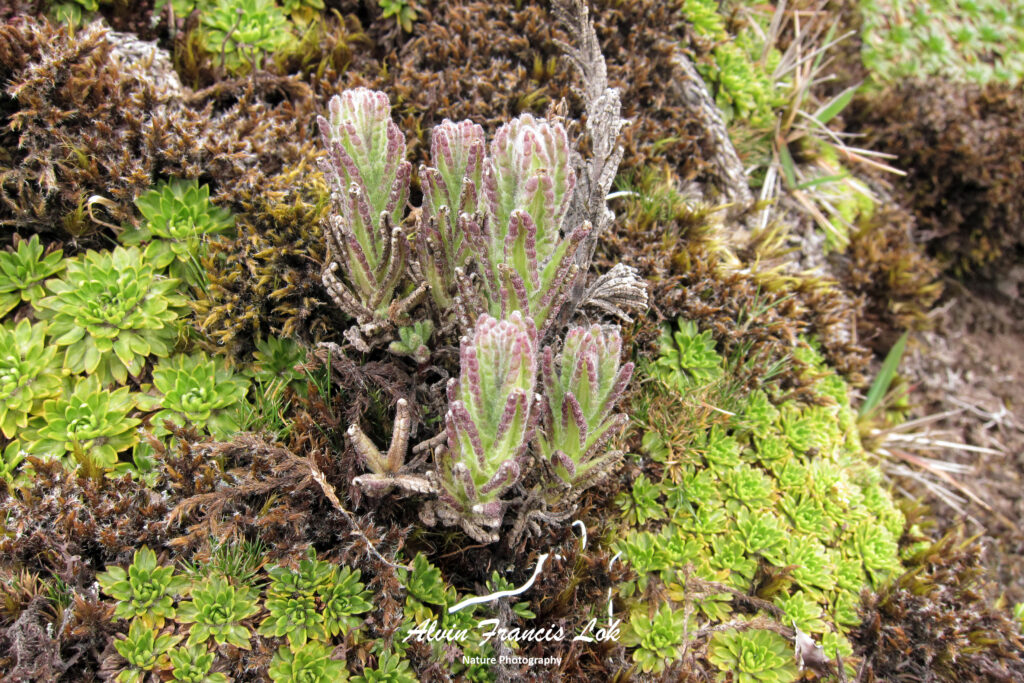
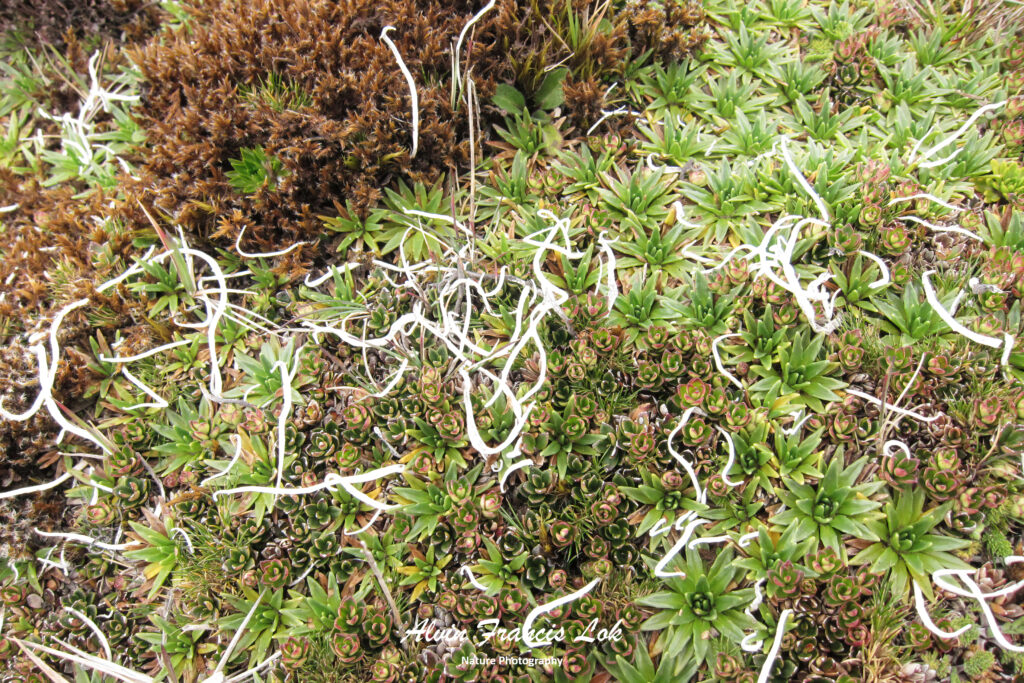
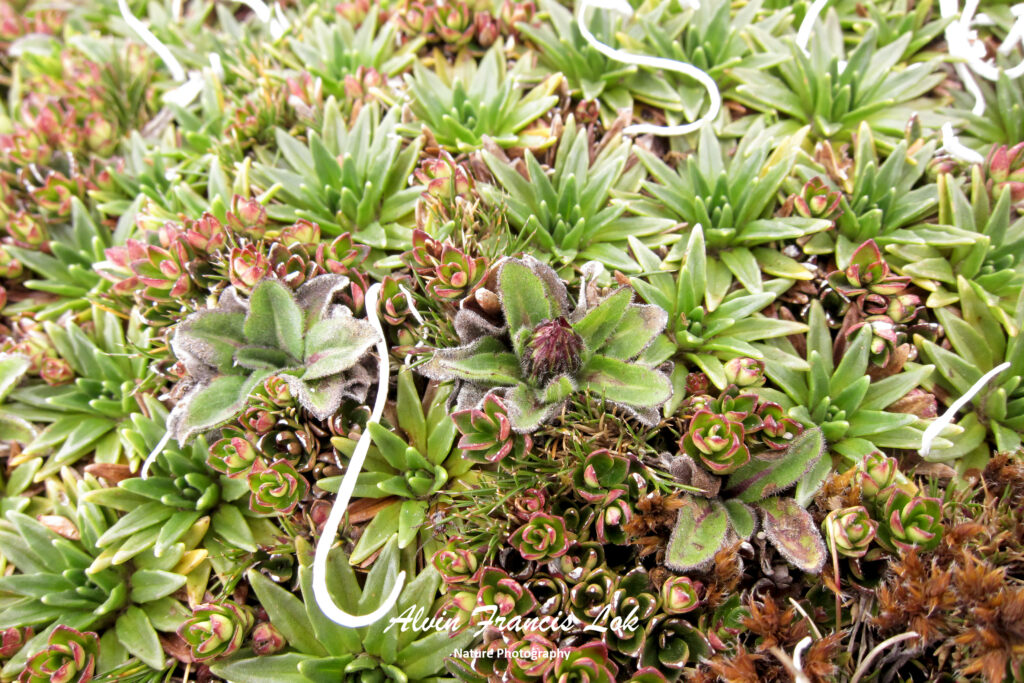
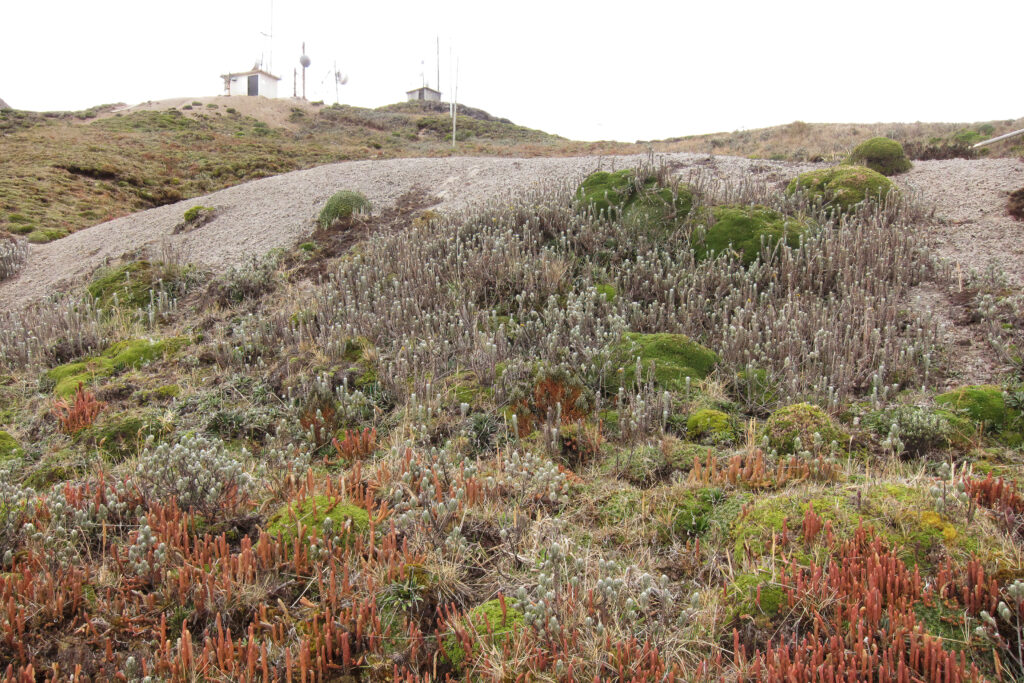

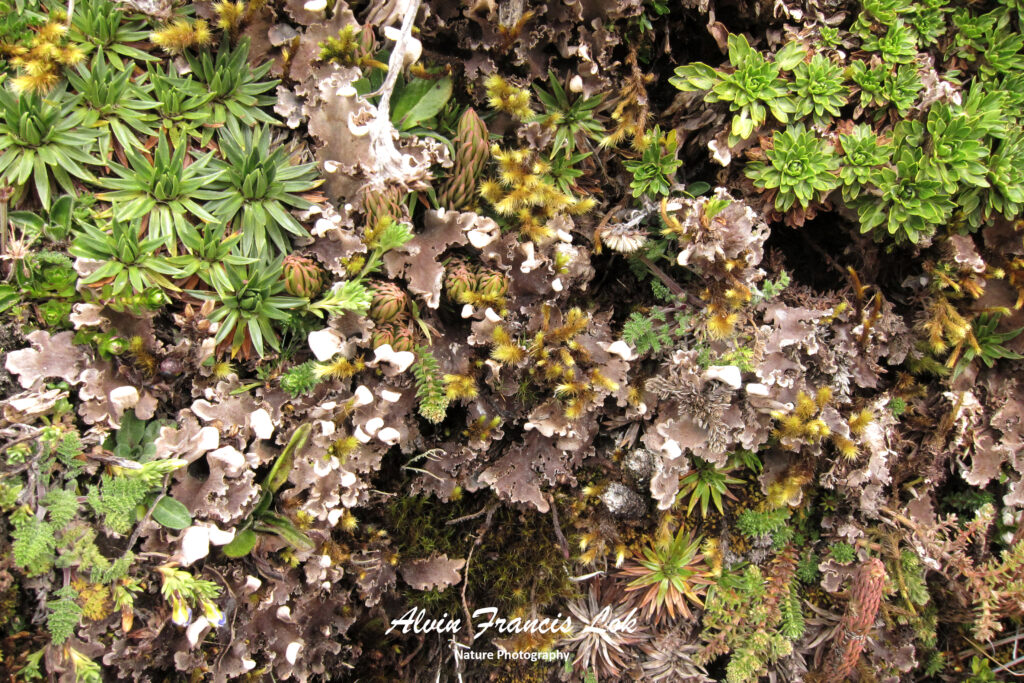
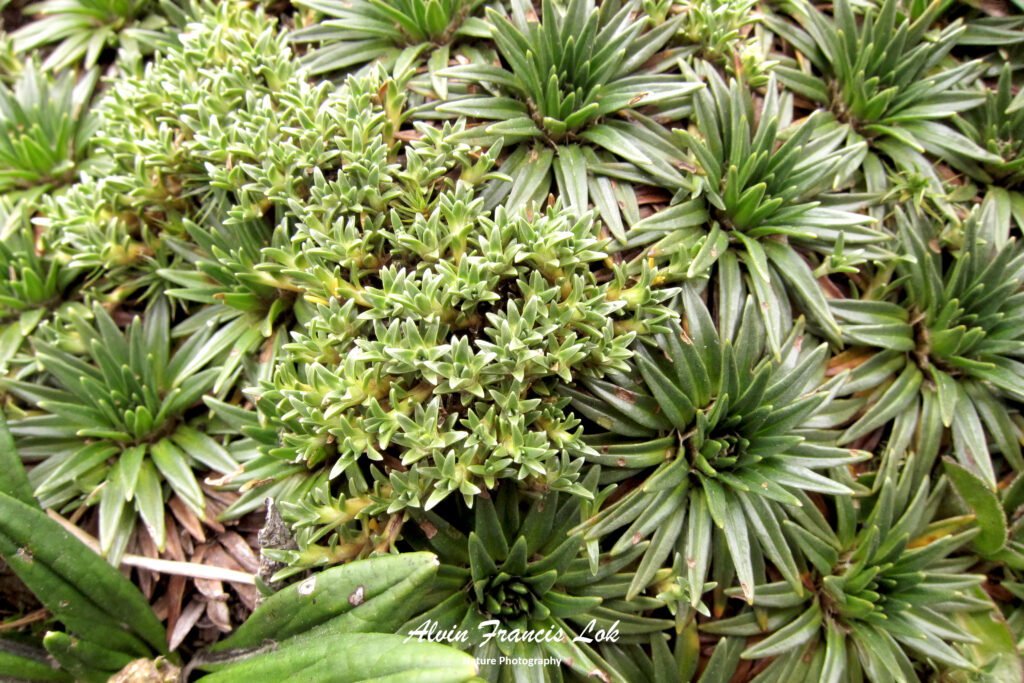
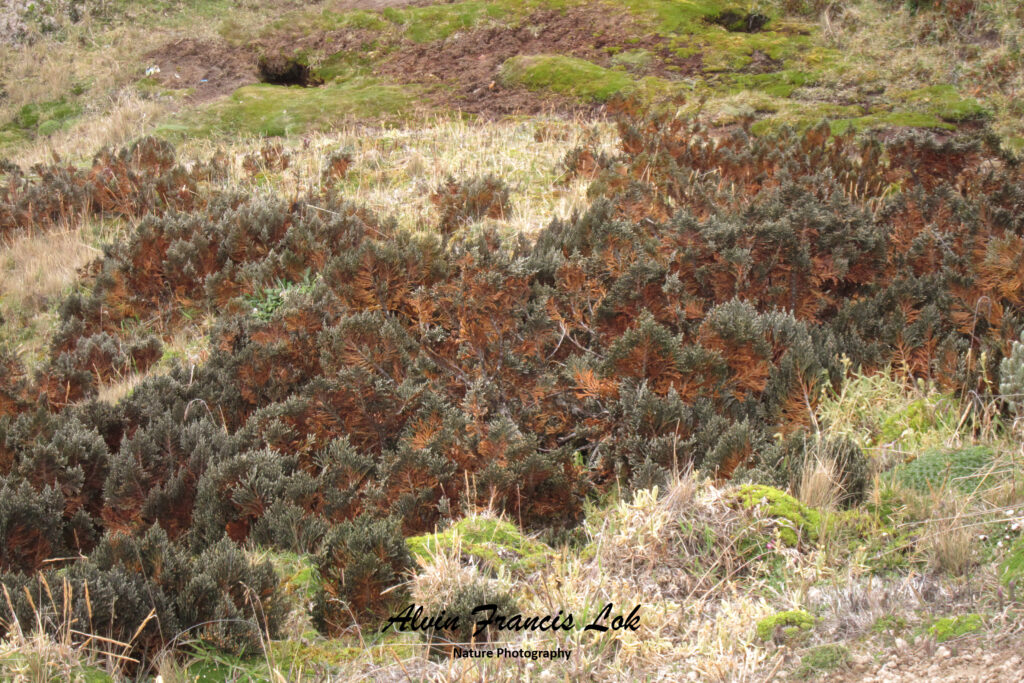
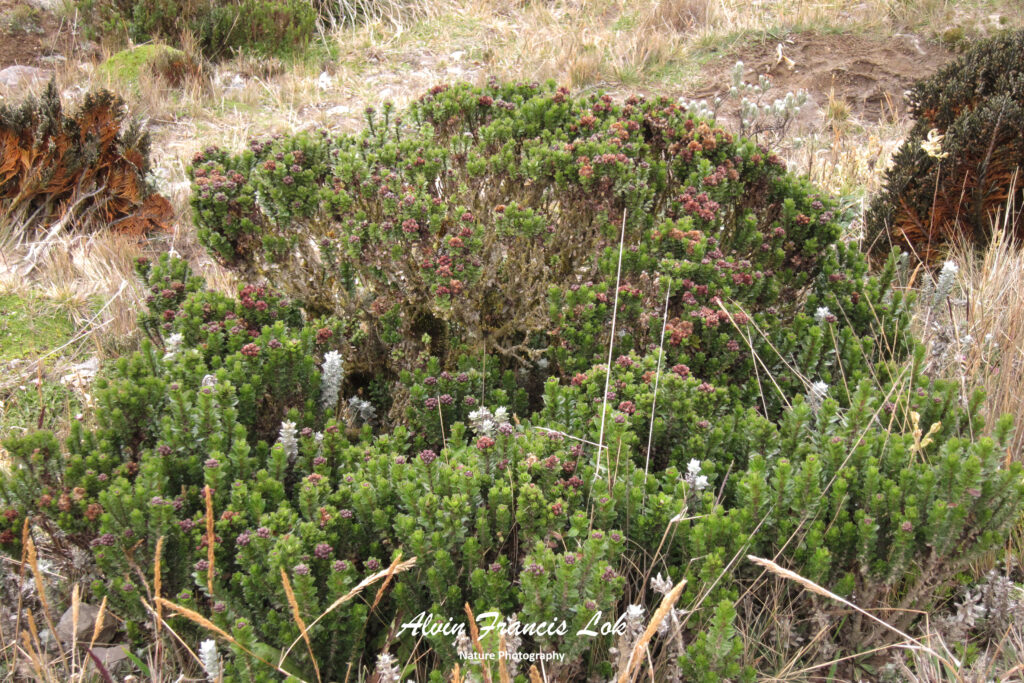

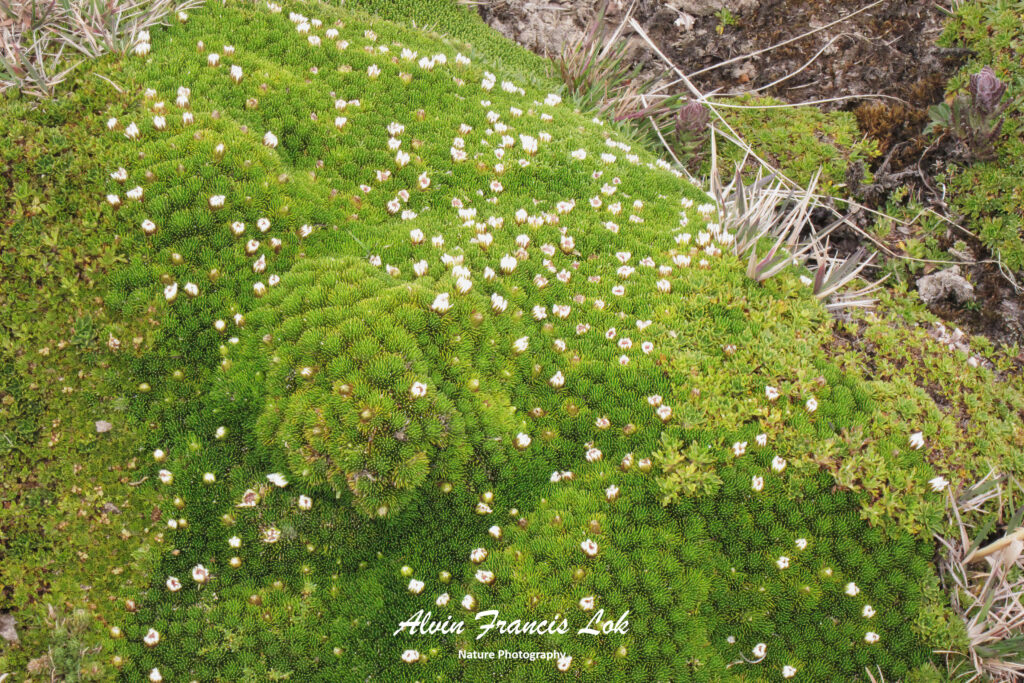

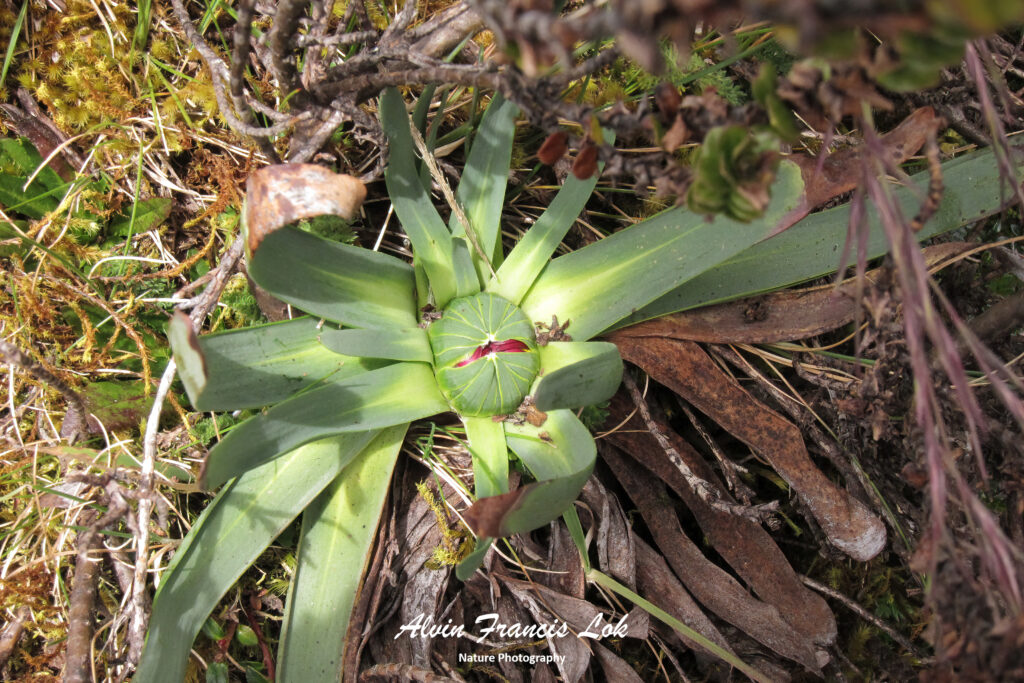
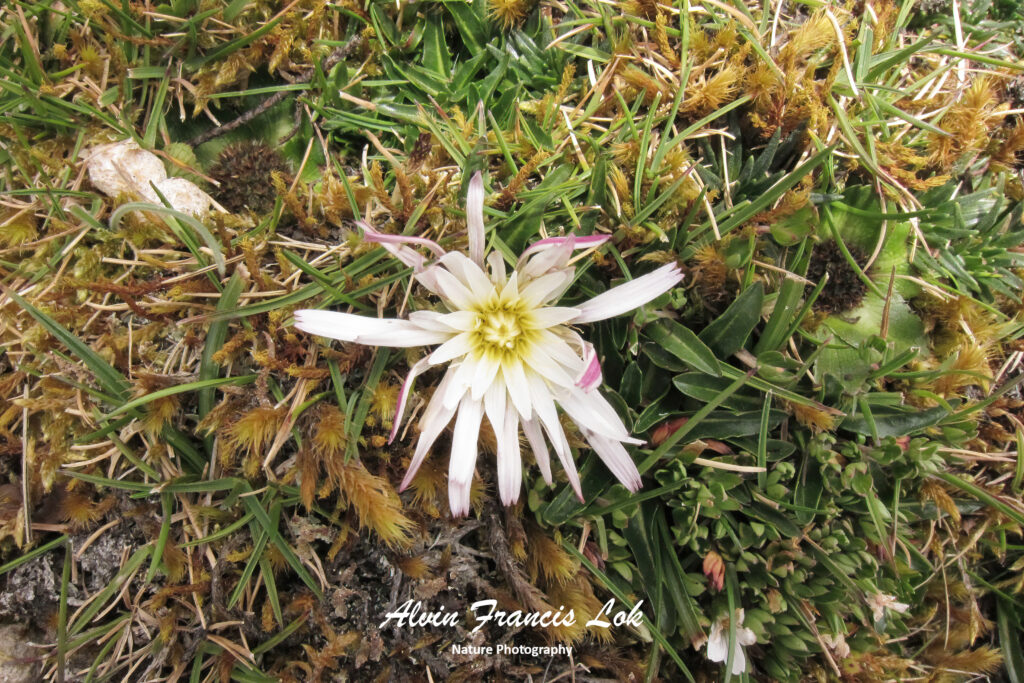
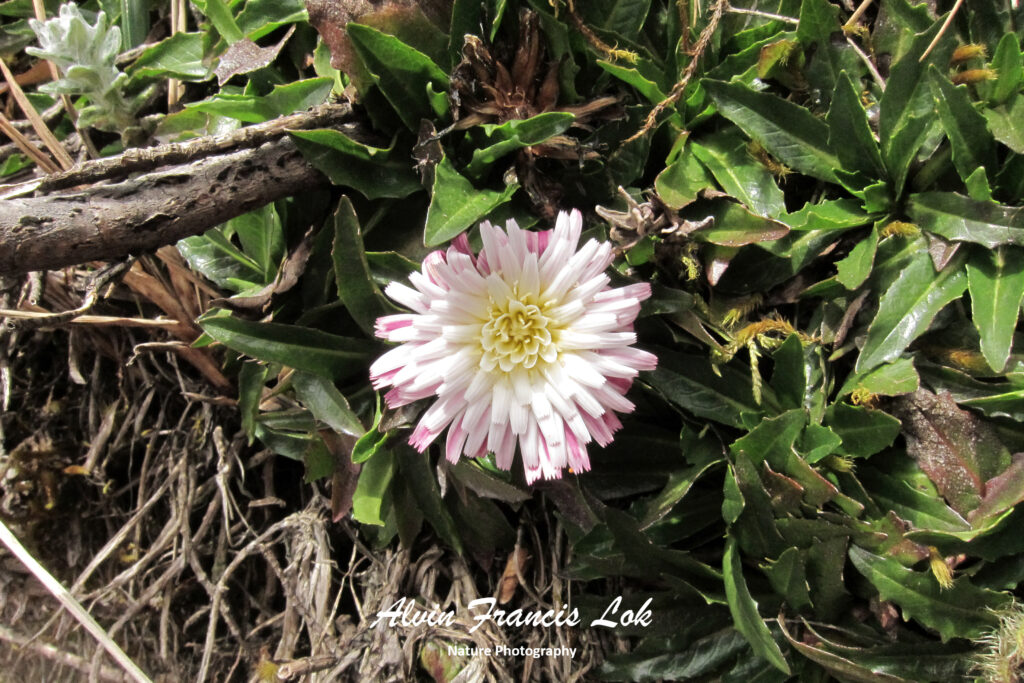

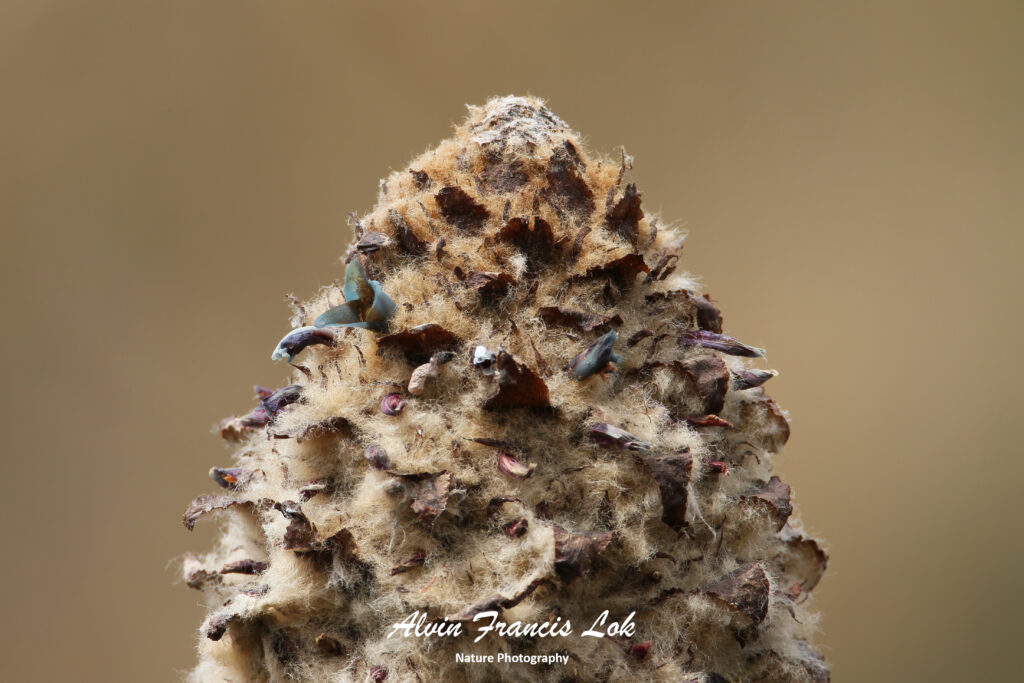
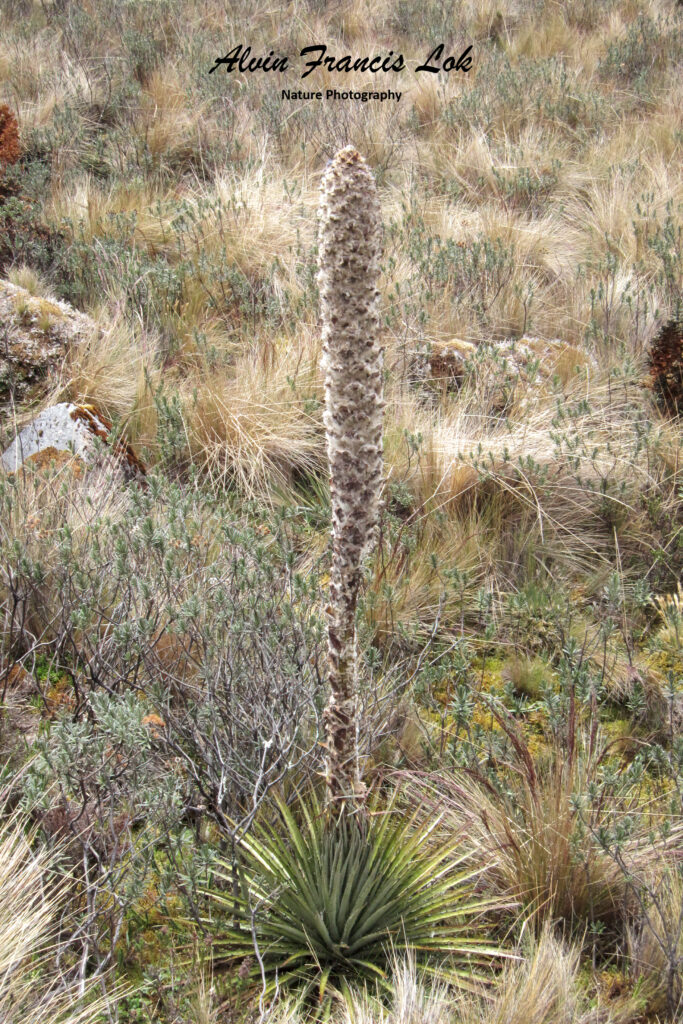
Grass páramo
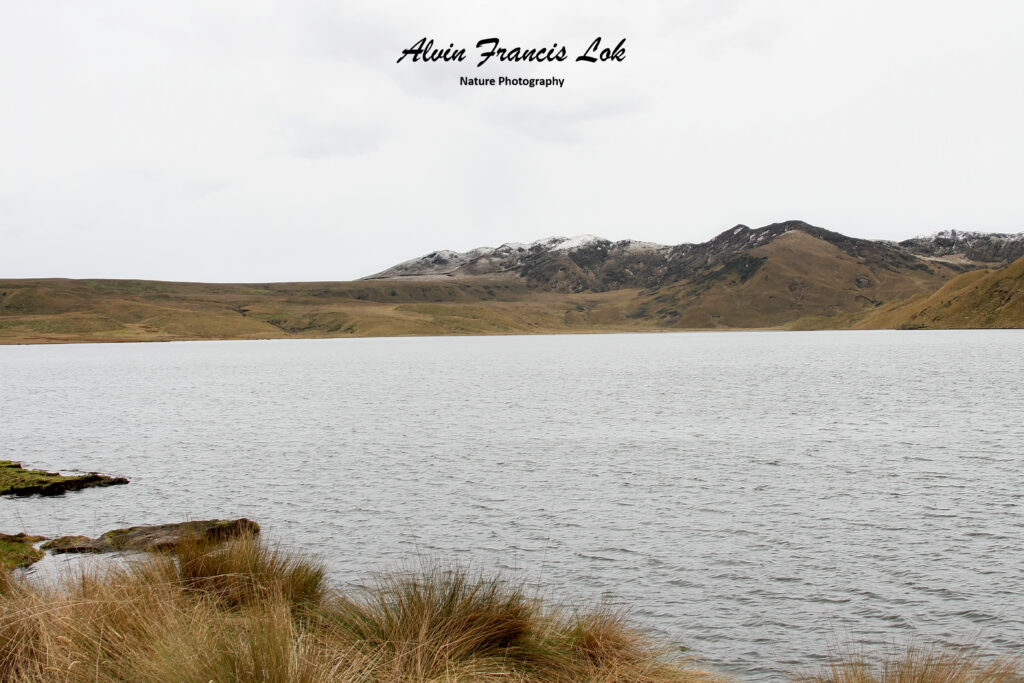
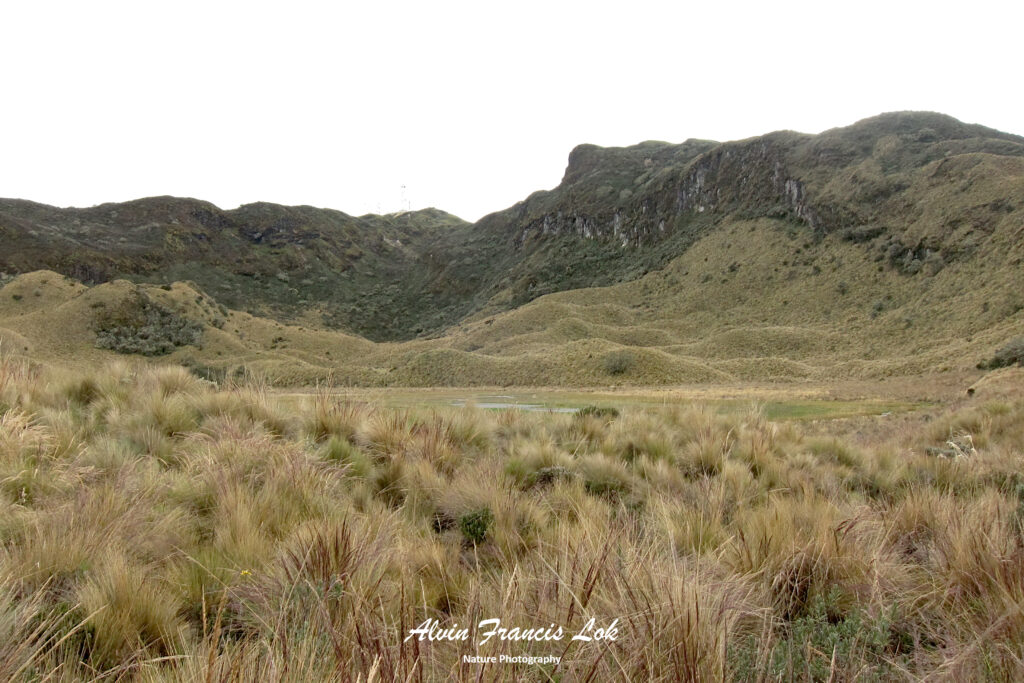
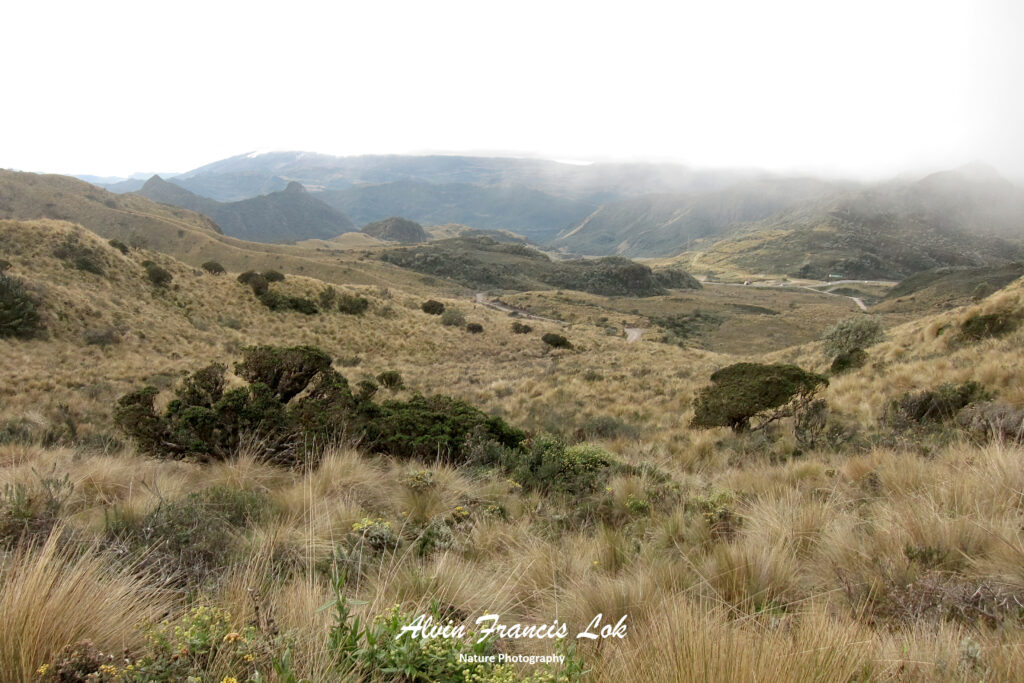
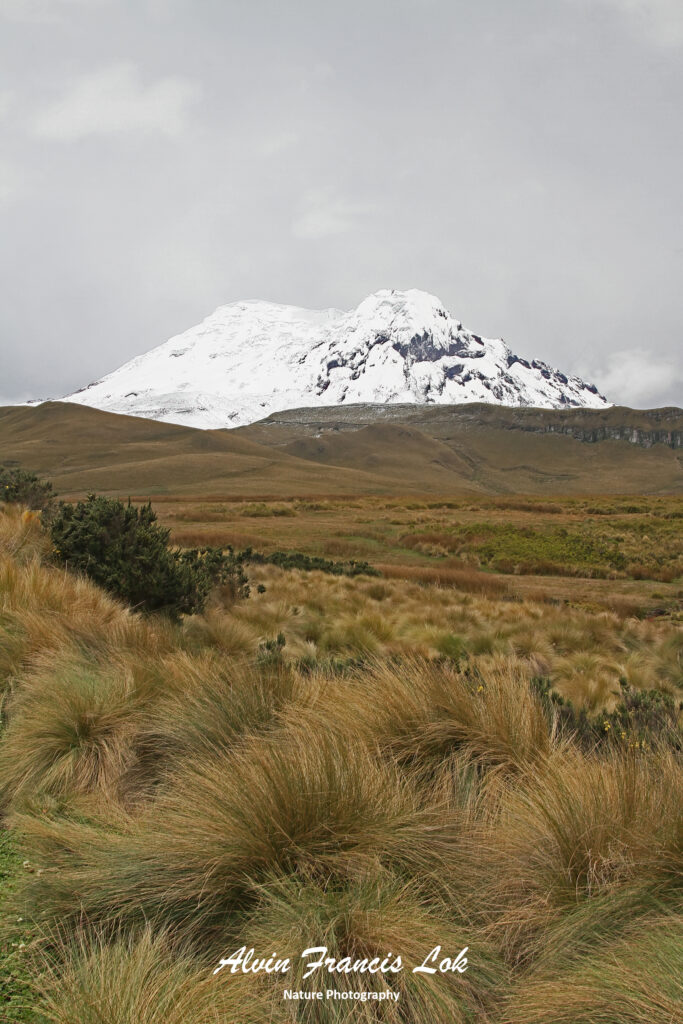
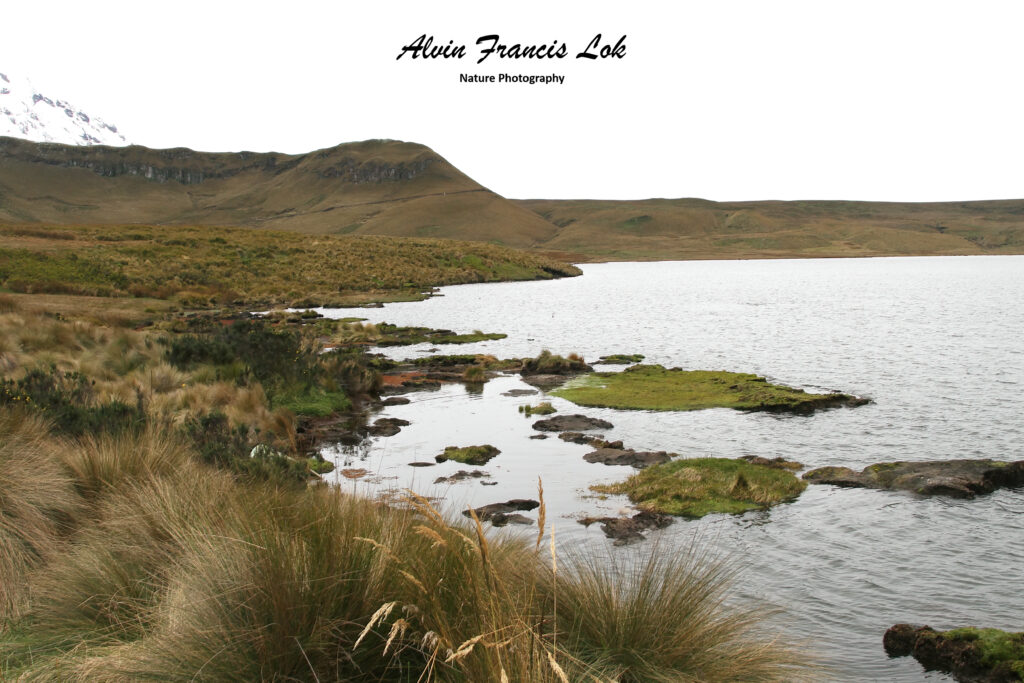
Subpáramo
